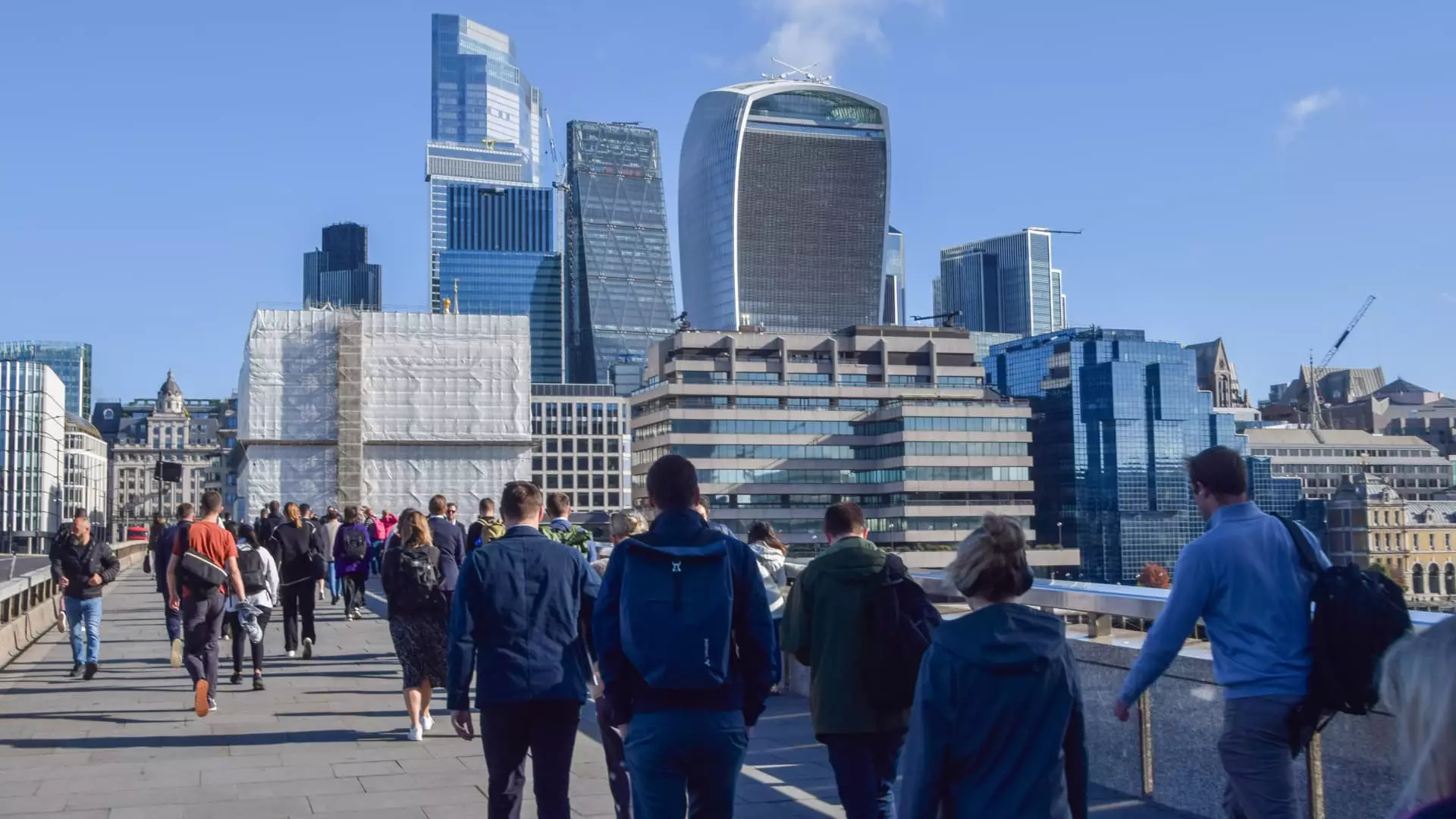The European office real estate landscape, long labeled as stagnant, is witnessing an invigorating resurgence, with the United Kingdom emerging as the fulcrum of this revitalization. According to recent data from Savills, a prominent international real estate firm, the U.K. recorded a remarkable 4.1 billion euros (approximately $4.52 billion) in office transactions during the first half of 2024. This represents around 29% of all office deals throughout Europe, marking a noteworthy increase from its average share of 24% over the past five years. In stark contrast, traditional market leaders like France and Germany managed significantly less—with office transactions amounting to 1.8 billion euros (13%) and 1.7 billion euros (12%) respectively.
This surge in U.K. office transactions coincides with broader market challenges faced across Europe, driven by a combination of post-pandemic shifts in workplace dynamics and the increasing burden of rising interest rates. The overall European office investment transactions have plummeted by 21% year-on-year, falling to 14.1 billion euros. When compared to the five-year historical average for the same period, this figure represents a staggering 60% decrease. However, optimism from industry analysts suggests that an uptick in activity is on the horizon, particularly as interest rates trend downward in the latter half of the year.
Several pivotal factors are orchestrating this rebound in the U.K. market. Notably, the swift conclusion of the July general election has infused a certain stability into the economic landscape. Furthermore, the Bank of England’s initial interest rate cut has provided additional clarity and confidence among investors. Michael Barnes, an associate director in Savills’ European commercial research team, remarked that while the first half of the year reflected market uncertainties, positive indicators are emerging for the future.
Notably, London has become the catalyst for this resurgence, with quicker asset repricing contributing significantly to the heightened activity. The city’s average annual office yields have risen above 6%, distinguishing London as an enticing investment opportunity relative to other European capitals, which hover around 4.5%. The convergence of high yields and reduced interest rates is drawing investment back to prime locations, particularly in the Central Business District (CBD), characterized by their proximity to transportation and amenities.
As investor sentiment grows increasingly positive, it is imperative to monitor the evolving dynamics between prime office spaces and their secondary counterparts. High-quality buildings that meet modern standards are becoming increasingly scarce, compelling tenants to gravitate towards well-located properties equipped with cutting-edge amenities. Reports indicate that Grade A green offices are notably preferred, often leasing up swiftly even during construction or refurbishment.
In stark contrast, locations lacking these quality attributes continue to languish. This divide creates a two-tier market, wherein well-equipped, sustainable buildings benefit from heightened demand while substandard properties face the prospect of obsolescence. As environmental considerations gain precedence, the U.K. and EU’s incoming energy efficiency requirements are setting new standards for office spaces. Research posits that landlords whose properties align with these green credentials stand to command a “green premium,” enabling them to secure higher rents in an increasingly competitive market.
While the U.K. leads the recovery, other European markets are also showcasing promising signs. Ireland and the Netherlands, known for closely mirroring the U.K.’s economic trends, are beginning to see momentum in their real estate investments. Additionally, southern nations, including Spain, Italy, and Portugal, demonstrate resilience, with solid economic growth coupled with rising office occupancy rates. This indicates a broader recovery trend that may extend beyond the U.K.
Conversely, France and Germany are mired in stagnation, grappling with political and economic challenges that have hindered their real estate recovery. Much of the issue stems from diverging price expectations between buyers and sellers, exacerbating liquidity issues in these markets. This situation necessitates further asset repricing before any significant rebound can be expected.
The road ahead for the office real estate sector appears to hinge on two vital factors: the replenishment of new office developments and the continuing shift toward sustainable properties. With the current pipeline of new developments constricted, a gradual tapering of high-quality office spaces entering the market may bolster the performance of premium properties.
As the demand for sustainability grows, investors may focus more on opportunistic plays in green projects, leaving behind those unwilling to adapt. The potential for growth remains bright for those properties that appropriately align with ecological standards and local demand.
The U.K. is positioned to lead Europe’s office real estate recovery, bolstered by increased investment and a renewed emphasis on sustainable building practices. While disparities between markets persist, the broader trends suggest a slowly evolving landscape, promising more vibrant and dynamic office spaces across the continent in the years to come.

